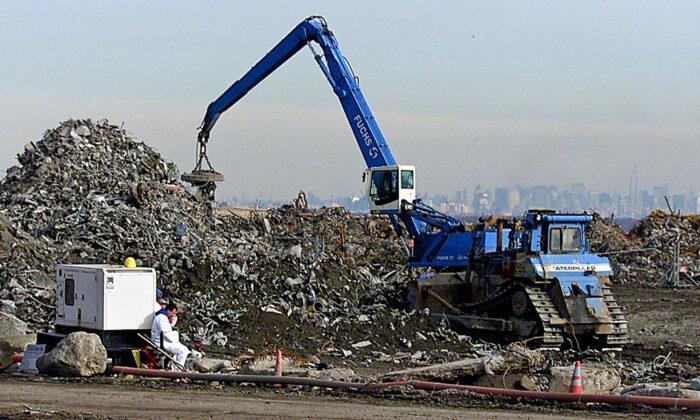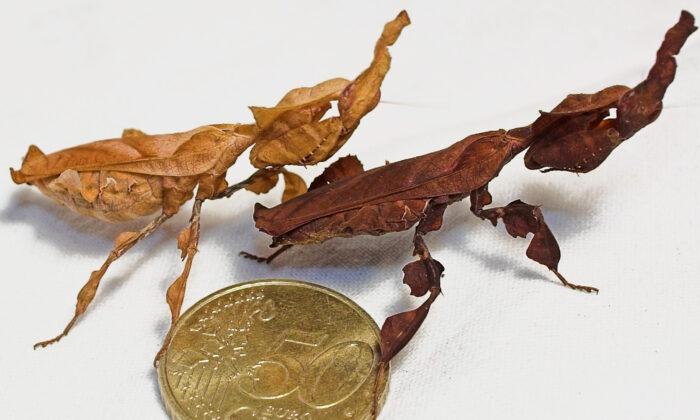When it is completed by around 2036, Freshkills Park will be New York’s largest greenspace—triple the size of an already massive Central Park.
But this new natural amenity wasn’t originally designed as such. It used to be the principal landfill for the city and once held 150 million tons of trash.





